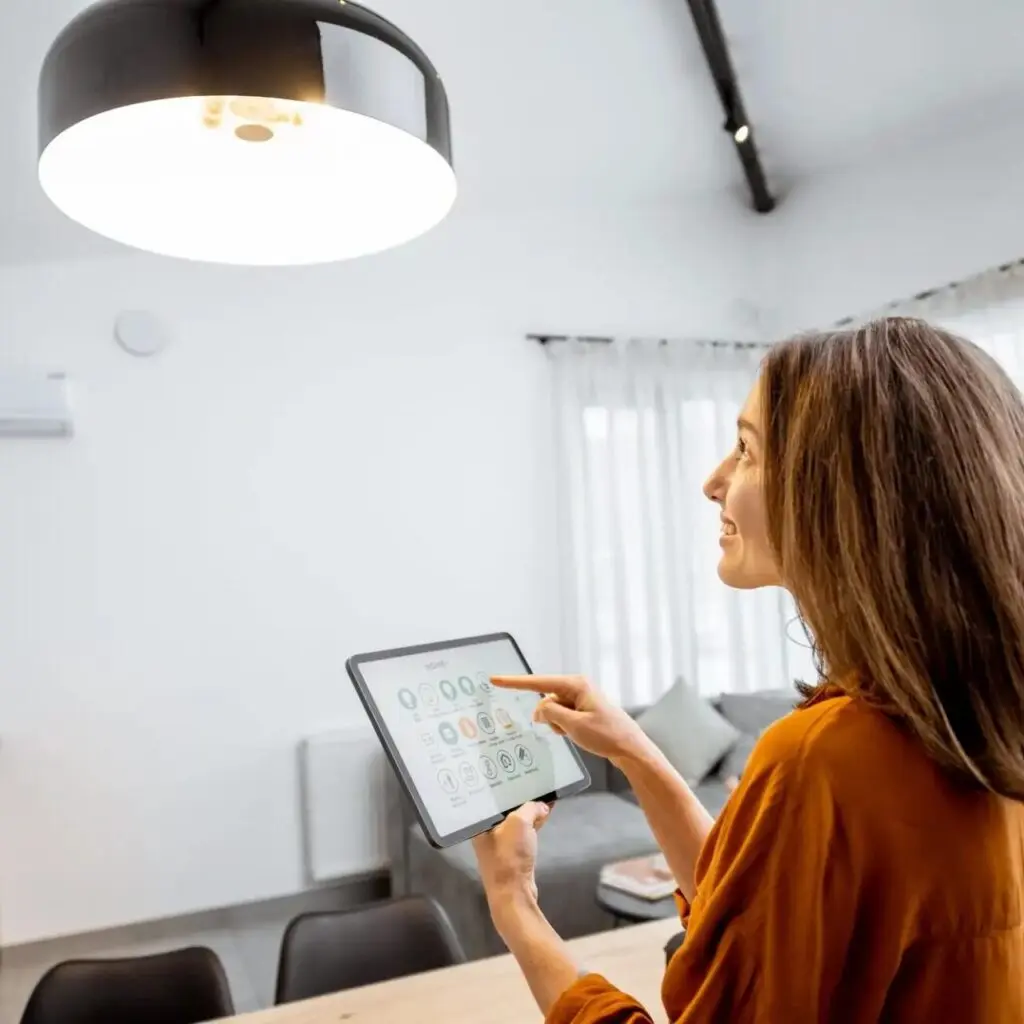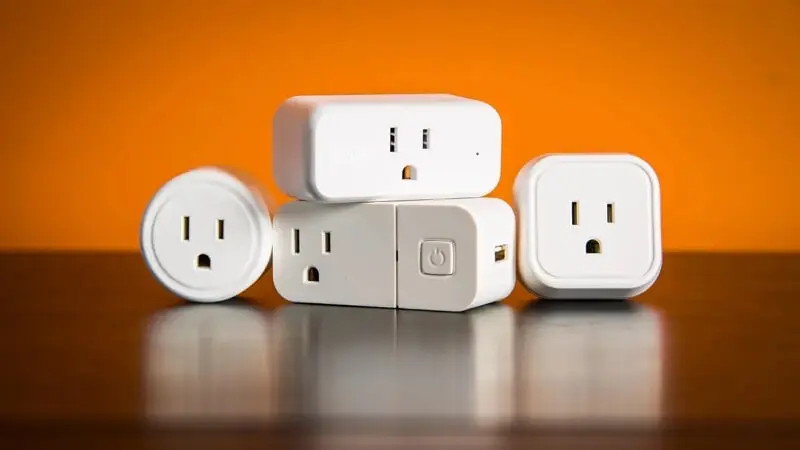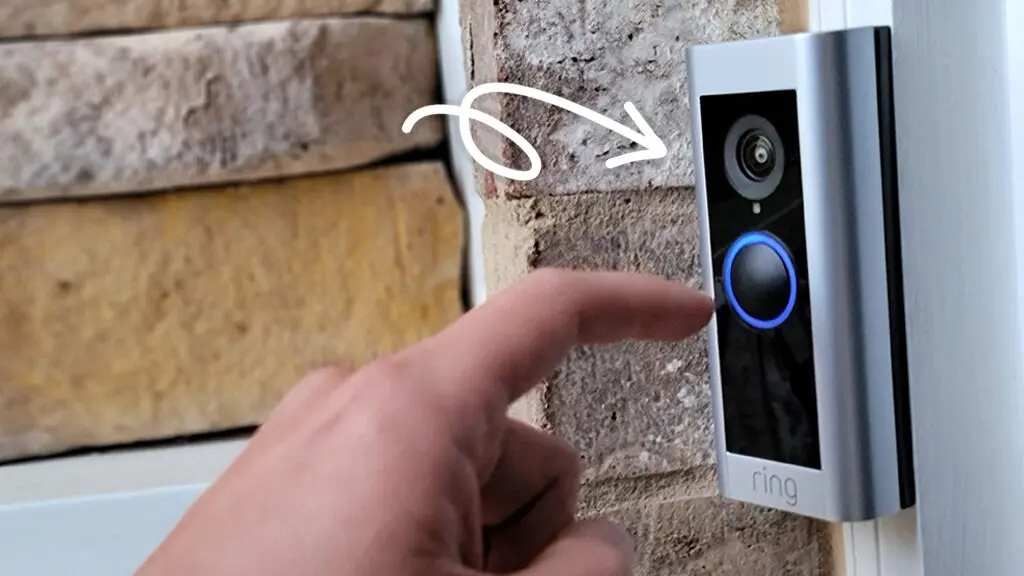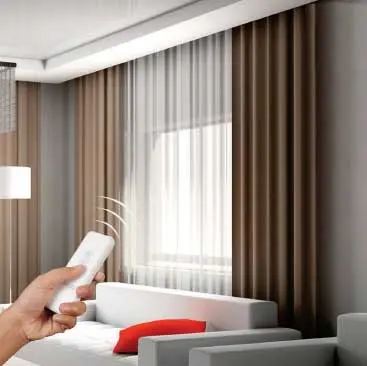Introduction
Ever dreamed of turning your home into a futuristic, automated haven? The good news is that you don’t need to be a tech genius to get started. DIY smart home projects are more accessible than ever, allowing you to enhance your home’s convenience, security, and efficiency all while having fun! Whether you’re looking to control lights with your voice, automate your thermostat, or set up a smart security system, this guide will walk you through beginner-friendly projects that anyone can tackle.
Why Build a Smart Home?
1. Convenience at Your Fingertips
Imagine turning off all your lights with a single voice command or adjusting your thermostat without leaving the couch. Smart home devices make everyday tasks effortless.
2. Increased Security
From smart doorbells to motion-activated cameras, DIY smart security systems can help keep your home safe and give you peace of mind.
3. Energy Efficiency & Savings
Smart thermostats and lighting systems can help you cut down on electricity usage, reducing your bills in the long run.
4. Customization & Fun
The best part of DIY smart home projects? You get to customize everything to fit your needs, making your home as intelligent as you want.
Getting Started: What You Need
Before diving into projects, let’s cover the essentials:
- Smart Hub (Optional): Devices like Amazon Echo, Google Nest Hub, or Apple HomeKit can centralize and simplify automation.
- Wi-Fi Router: A strong internet connection ensures smooth communication between smart devices.
- Smart Plugs & Switches: These allow remote control of regular appliances and lighting.
- Voice Assistant (Alexa, Google Assistant, Siri): Enables hands-free control.
- Smart Sensors: Useful for security, automation, and energy management.
Beginner-Friendly DIY Smart Home Projects
1. Smart Lighting Setup

What You Need:
- Smart bulbs (Philips Hue, LIFX, or TP-Link Kasa)
- A smartphone with the bulb’s app
- Optional: Smart switches
How to Set It Up:
- Screw in the smart bulb like any regular bulb.
- Download the app and connect the bulb to Wi-Fi.
- Set schedules, dim brightness, or change colors.
- Link it with Alexa or Google Assistant for voice control.
5 Books to Aid Your Spiritual Growth: A Journey of Faith and Transformation
2. Smart Plug Automation

What You Need:
- Smart plug (TP-Link Kasa, Wemo, or Amazon Smart Plug)
- Wi-Fi connection
- A smartphone
How to Set It Up:
- Plug the smart plug into an outlet.
- Connect it to Wi-Fi using the manufacturer’s app.
- Plug in any device (lamp, fan, coffee maker) and control it remotely.
- Set schedules or automate routines for efficiency.
3. Smart Thermostat Installation

What You Need:
- Smart thermostat (Google Nest, Ecobee, Honeywell)
- Screwdriver & basic tools
- Wi-Fi connection
How to Set It Up:
- Turn off power to your HVAC system.
- Remove the old thermostat and install the new one using the provided instructions.
- Connect to Wi-Fi and set up automation.
- Schedule heating and cooling times for energy savings.
4. Smart Doorbell Installation

What You Need:
- Smart doorbell (Ring, Nest, Eufy)
- A screwdriver
- Wi-Fi connection
How to Set It Up:
- Remove your existing doorbell and install the smart one.
- Connect it to Wi-Fi using the app.
- Customize alerts and motion detection zones.
- Enjoy real-time video streaming and two-way communication.
5. Automated Blinds or Curtains

What You Need:
- Smart blinds/curtain motor kit (Soma, SwitchBot, or MySmartBlinds)
- Wi-Fi connection
How to Set It Up:
- Attach the motor to your existing blinds or curtain rod.
- Connect it to Wi-Fi using the provided app.
- Set up schedules or control with voice commands.
7. Leak Detection & Water Monitoring

What You Need:
- Smart water leak sensor (Flo by Moen, Honeywell, Phyn)
- Wi-Fi connection
How to Set It Up:
- Place the sensor near potential leak areas (sinks, water heaters, washing machines).
- Connect it to the app for real-time alerts.
- Prevent costly water damage by acting on alerts immediately.
8. Smart Smoke & Carbon Monoxide Detectors

What You Need:
- Smart detector (Nest Protect, First Alert Onelink)
- Screwdriver
- Wi-Fi connection
How to Set It Up:
- Replace old smoke detectors with the smart version.
- Connect to Wi-Fi and sync with your smartphone.
- Get real-time alerts even when you’re away.
9. Smart Home Routines & Automations
Once you have multiple devices, create automation routines like:
- Turning off all lights and locking doors at bedtime.
- Having coffee ready every morning at 7 AM.
- Activating security cameras when you leave home.
Common Mistakes to Avoid
- Weak Wi-Fi Coverage: Ensure strong internet signals in key areas.
- Overcomplicating Automations: Start simple and gradually add complexity.
- Ignoring Security Risks: Regularly update device firmware to prevent hacking.
- Not Using Schedules & Routines: Automate as much as possible for maximum efficiency.
Conclusion
DIY smart home projects are a fantastic way to modernize your living space while increasing comfort, security, and energy efficiency. Start small with smart bulbs or plugs, and gradually expand as you become more comfortable with automation. The best part? You don’t need an engineering degree just a bit of curiosity and enthusiasm!
FAQs
1. Do I need a smart hub for a DIY smart home?
Not necessarily. Many smart devices work independently with apps, but a hub can unify them for seamless control.
2. Can I set up smart home devices without Wi-Fi?
Some devices work via Bluetooth or Zigbee, but Wi-Fi provides the best connectivity and remote access.
3. Are DIY smart home projects expensive?
Not at all! You can start with budget-friendly devices like smart plugs and bulbs before upgrading to advanced automation.
4. Can I install smart home devices in a rental property?
Yes! Many smart home gadgets are renter-friendly and don’t require permanent modifications.
5. How do I keep my smart home secure?
Use strong passwords, enable two-factor authentication, and keep firmware updated to prevent cyber threats.


